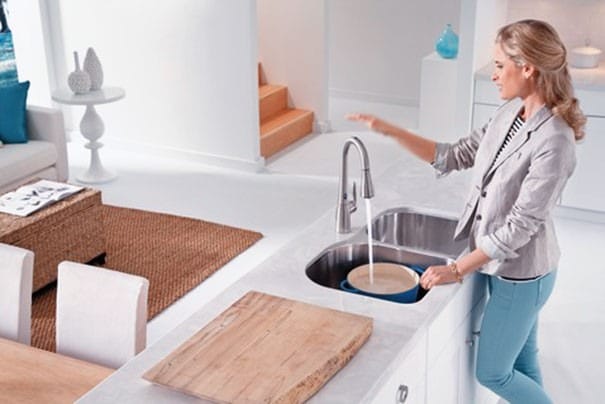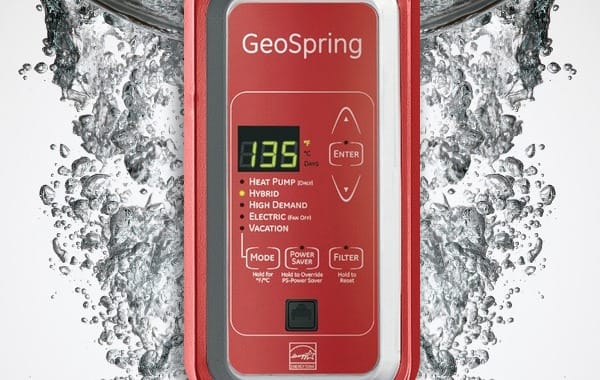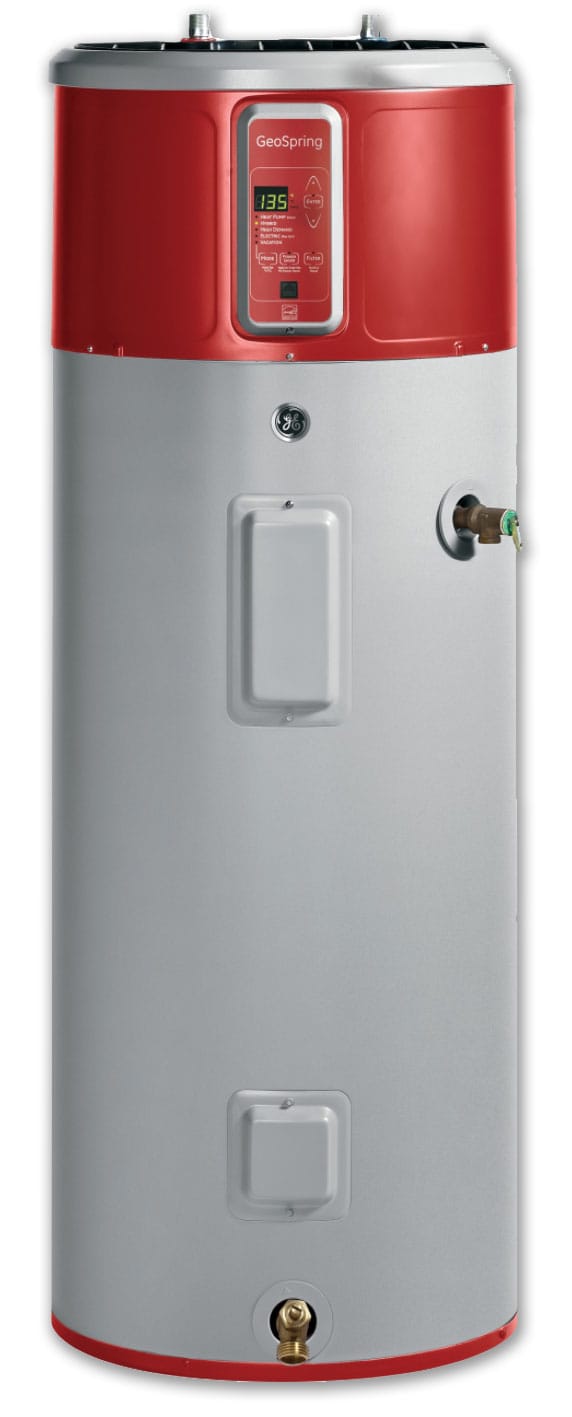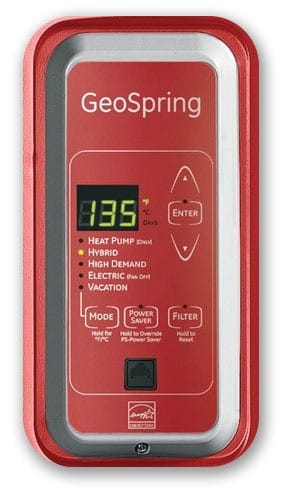Moen Arbor With MotionSense Kitchen Faucet

The Arbor with MotionSense kitchen faucet from Moen is designed with ease of use and water conservation in mind thanks to its MotionSense technology. The MotionSense faucet head senses your hands via the ready sensor at the base of the faucet and activates water flow automatically, allowing a hands-free control that pays dividends when using soap and lathering up. Water flow doesn’t begin until the lathering process is complete, and soap and water spots stay off the faucet thanks to the hands-free control. Common, everyday kitchen tasks are made easier and more efficient with a MotionSense faucet installed. Additionally, the faucet’s sensor combined with its eco performance design minimizes water use and helps cut down on yearly water bills.
The chrome finish of the Arbor with MotionSense kitchen faucet blends well with any interior decor, and the one-handle lever design further simplifies the faucet by allowing for one-handed manual adjustment of the water stream. The slick design of the pull-downspout allows for a movable, adjustable spray head that’s ideal for cleaning pots and pans.
Moen’s MotionSense faucet also sports the following additional features:
- Reflex system for secure docking of the pull-down spray head
- Pause function that allows for quick stoppage of water flow from the faucet head
- Aerated stream for normal cleaning
- Power rinse for heavier cleaning
- Single hole mount that streamlines design
- Compliance with the Americans with Disabilities Act (ADA) specifications
- 5 year warranty on digital components and a limited lifetime trim warranty
Thinking of installing a Moen MotionSense Kitchen Faucet yourself? Watch this how to install a MotionSense Kitchen Faucet video by Moen.



















